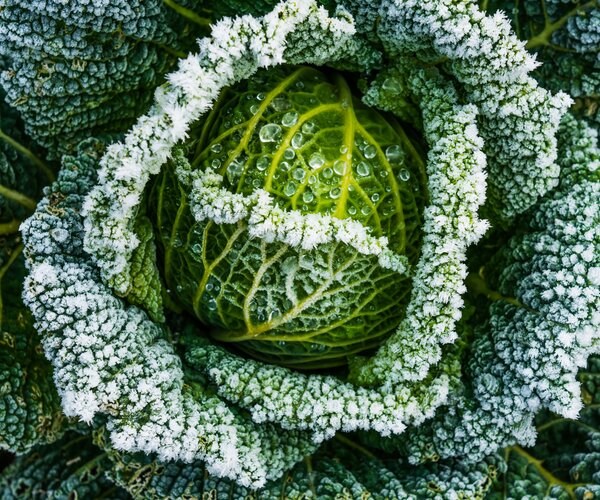
From summer to winter: The path to a year-round harvest
Even if winter seems a long way off in the summer heat, now is the perfect time to set the course for a rich winter harvest. If you want to enjoy fresh vegetables from your own garden all year round, make sure you choose the right varieties and sowing times. With a little planning and commitment, you can harvest a variety of winter vegetables that cannot be found in the supermarket.

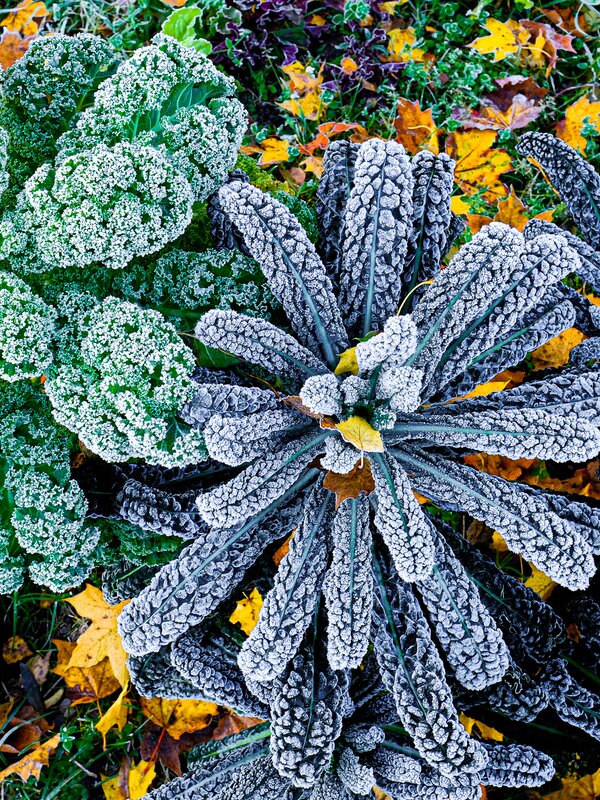
Why winter vegetables are worthwhile
In winter, the days are cold and there is little light. With a day length of less than ten hours, the growth of the plants cannot be compared with that in summer. Nevertheless, it is astonishing how many plants grow in the low-light months and thus show a yield. The key to a rich winter harvest is to sow and plant diligently in summer. This way you can enjoy a colourful selection of fresh vegetables in winter too.
The best places for winter vegetables
The best places for a winter vegetable patch are along the house wall and in sheltered and sunny areas. Stone walls also help to store heat. Garden ponds or rain barrels in the immediate vicinity can also equalise temperature differences. On slopes, the highest points in the garden often offer the best conditions. Raised beds should ideally be orientated in an east-west direction and in a fully sunny location. This way, the beds are open to the south, but the morning sun does not yet hit them head-on. This allows a gentle thaw after a cold winter's night.
The right time to plant
The success of the winter harvest depends largely on the right planting time. Here is a practical overview to help you keep track:
The right care
Some vegetables suitable for winter harvesting are very slow to grow. Leeks and black cabbage, for example, grow more slowly. They remain on the bed for a long time before they are ready to harvest in late autumn. Swiss chard stays on the bed for just as long, but can be harvested during the summer. Black cabbage and endive also need sufficient water in summer. Cabbages are very susceptible to pests and are best protected by covering them with insect netting. Cabbages also need sufficient fertiliser. A bokashi depot at the end of June is best suited for this. To do this, bury ready-made bokashi from the bokashi bucket in the soil about 30 cm from the plant roots. Within one to two weeks, soil microbes transform the acidic bokashi material into fertiliser that is available to plants. You can also fertilise with diluted Bokashi leachate until mid-August.
Setting the course for a bountiful winter harvest
Autumn lettuces such as sugar loaf or endive should also be sown in July and planted in August. Carrots and young onions can be sown directly into the bed in August. Use the summer days to lay the foundations for your winter garden. Want to get started right away? In Wolfgang Palme's book: Harvesting fresh vegetables in winter you will find even more tips on growing vegetables all year round.
So, put on your gardening gloves and get started! Winter will be delicious!
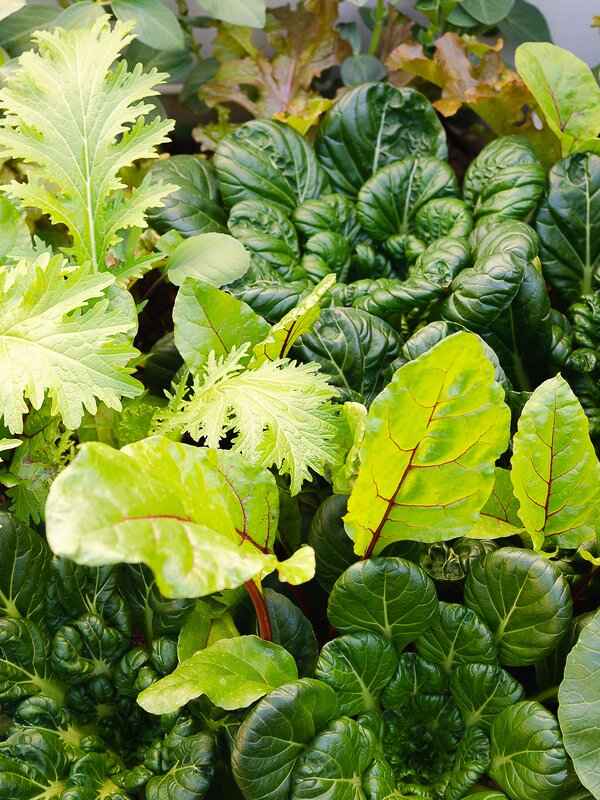
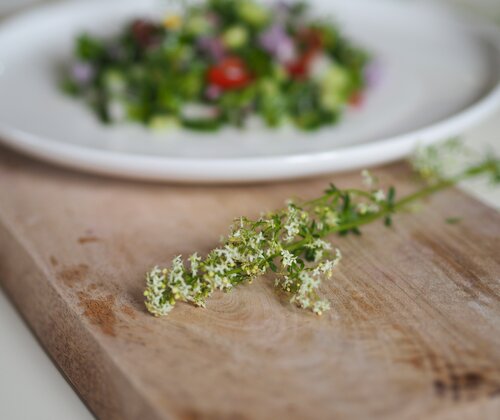
Summertime is harvest time - and not just in the garden. A veritable treasure trove of wild herbs awaits you in meadows, hedgerows and forests, which are available free of charge and in the highest quality right on your doorstep. We will show you how to recognise these herbs and use them creatively in your kitchen.
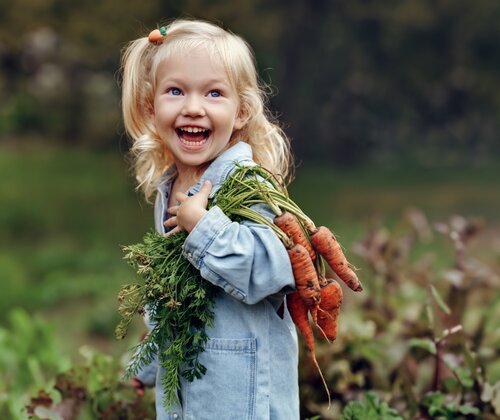
A colourful vegetable garden is the pride of every gardener. In this blog post, we show you practical and sustainable strategies for protecting your vegetable plants from pests. From natural defence methods to proven horticultural techniques, we'll show you how to keep your plants strong and resilient.
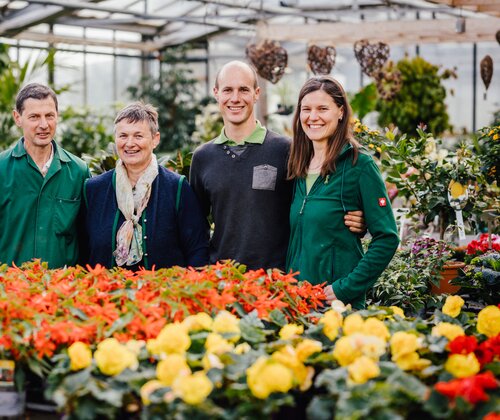
In summer, plants can survive without watering despite the heat and drought if the soil is well mulched and contains enough life. Bernadette Schützenhofer does without watering all summer and still harvests the best vegetables.
